Ozone therapy has gained popularity among biohackers and health enthusiasts as an effective tool for treating a variety of health conditions, including cancer, infections, autoimmune conditions, gut diseases (such as irritable bowel syndrome), mold toxicity and Lyme disease. Some people also leverage ozone therapy for its anti-aging and longevity benefits.
To learn more about how ozone therapy works and whether I could use it to improve my health and well-being, I took a deep dive into the scientific literature and experimented with different types of ozone therapy, including ozone IVs, ozone oil, and ozone ear insufflation. When my wife caught a cold, she also agreed to go through several rounds of vaginal ozone insufflation so I could incorporate her experience with ozone into this article.
To leverage ozone therapy from the comfort of our home, we used an ozone generator kit from SimplyO3.
What Is Ozone?
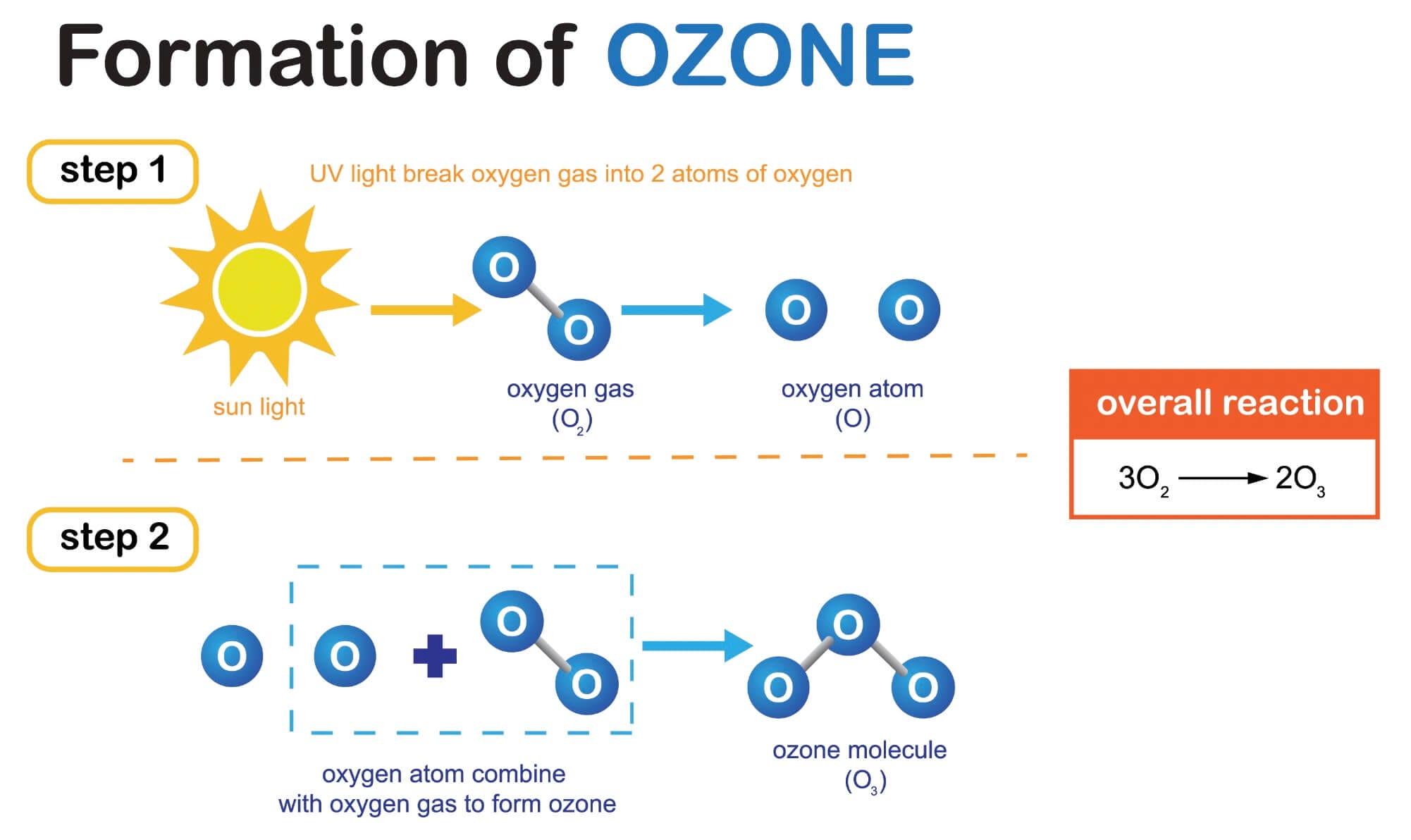
Ozone is an inorganic gas molecule that is naturally formed through the interaction of ultraviolet light and oxygen (O2). When high-energy UV light interacts with molecular oxygen (O2), it breaks the oxygen molecules apart by forming two oxygen atoms. Those individual atoms then bond with the remaining oxygen molecules to form O3 (a bond of three oxygen atoms).
I first heard about ozone in high school, in the context of how greenhouse gasses caused a hole in the ozone layer (a part of the earth’s atmosphere that shields us from the sun’s ultraviolet radiation).
It wasn’t until a few years ago that I stumbled across ozone again, this time as a disinfectant for swimming pools and tubs. In fact, the cold plunge tub I use to enjoy the health benefits of ice bathing uses ozone together with UV light and a mechanical filter to keep the water clean and sanitary.
The reason why medical ozone is often used as a disinfectant is that it’s a highly unstable gas that easily reacts with other atoms. Chemically, ozone consists of two negatively charged oxygen atoms and one positively charged oxygen atom. The latter is what makes ozone so reactive; a positive oxygen atom likes to bond with hydrogen and nitrogen oxides.
That chemical process destroys and neutralizes pathogens that are made up of those oxides. In other words, ozone changes the chemical structure of pathogens (and other cells) by rendering them inactive.
How Ozone Therapy Works

Now that we’ve established what ozone is and how it interacts with other atoms, the question is how that translates into delivering health benefits and treating certain diseases.
Contrary to what you may have heard, the health benefits of ozone don’t always stem directly from the gas itself but rather from its metabolites (called ozonides), which cause a mild inflammatory response (also known as a hormetic stressor) that upregulates the immune system to fight pathogens.
One study published in 2017 concluded that ozone therapy induces moderate oxidative stress that increases the body’s production of antioxidants and increases blood flow and oxygen levels in the treated area, in addition to enhancing the body’s immune response.
In addition, ozone gas can also deactivate certain pathogens on contact, including
- Bacteria
- Viruses
- Fungi
- Yeast
- Protozoa
That’s why ozone has been used for more than 100 years to disinfect medical supplies and to treat water systems.
However, it’s also worth pointing out that ozone is so reactive that it can damage cells. For example, inhaling ozone gas can cause tissue death in the lungs.
To learn more about the exact mechanisms of action of ozone therapy, I recommend checking out this article published in the Journal of Medical Gas Research. It’s quite in-depth but explains in detail how the metabolites of ozone gas (ozonides) interact with the immune system to deliver many of the health benefits mentioned throughout this article.
Top 5 Ozone Therapy Benefits
Ozone therapy has been used by countless medical professionals around the world to treat a wide variety of health conditions. However, we’re still in the early stages of scientific research to better understand how ozone can help treat certain conditions.
Based on the research I’ve seen, the benefits of ozone therapy can be grouped into the following categories.
1. Activates the Immune System
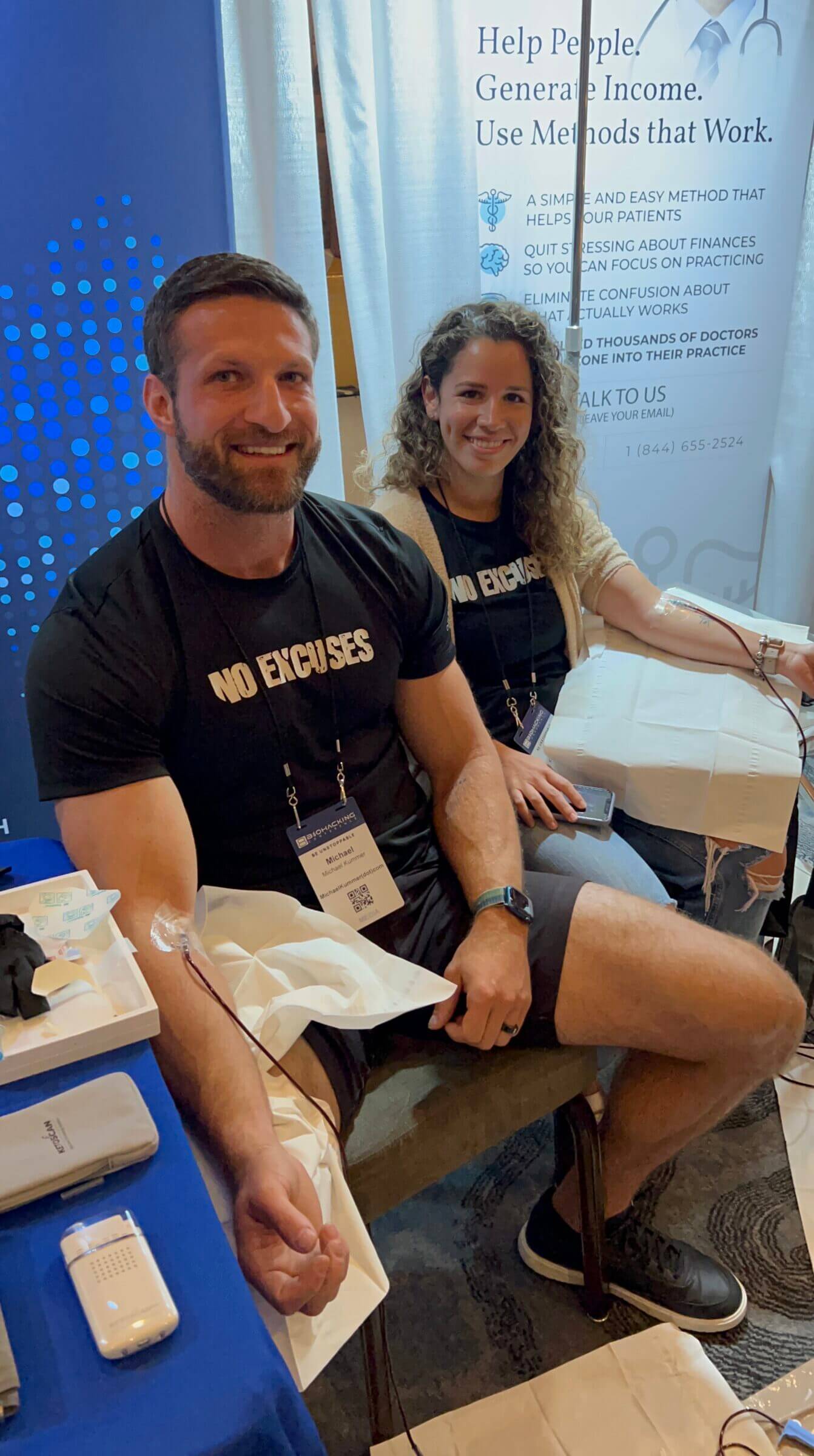
Systemic ozone treatments via IV (autohemotherapy), rectal insufflation or vaginal insufflation induce mild oxidative stress that causes the immune system to respond. When the right amount of ozone gets in contact with blood, rectal tissue, vaginal tissue or feces, it oxidizes and creates ozonides that induce an immune response.
A temporarily upregulated immune system helps the body fight off pathogens, including mold spores, viruses and bacteria. To learn more about the exact mechanism behind that, check out the link in the paragraph above.
Interestingly enough, the free radicals created by ozone can even help the body better cope in cases where oxidative stress is already high.
For example, a study from 2020 concluded that “ozone therapy could be a potential resource to modulate the patient immune response against SARS-CoV-2, contributing to contain the cellular oxidative stress of COVID-19 pneumonia and breaking the vicious cycle of cytokine storm observed in severe forms of the disease.”
There is currently also a clinical trial underway to confirm the effectiveness of ozone for classic COVID infections. I’ll certainly keep an eye on that to learn what the outcome will be.
While performing rectal or vaginal insufflation at home is relatively straightforward and risk-free, I recommend working with a knowledgeable healthcare professional to get IV treatments. I got my first IV treatment under the supervision of a registered nurse who had been doing them for years before I performed a treatment at home. However, I don’t recommend giving yourself an ozone IV at home because it can be messy and there is a risk of infection. I only did it so I could record the process for a YouTube video.
2. Kills Pathogens on Contact
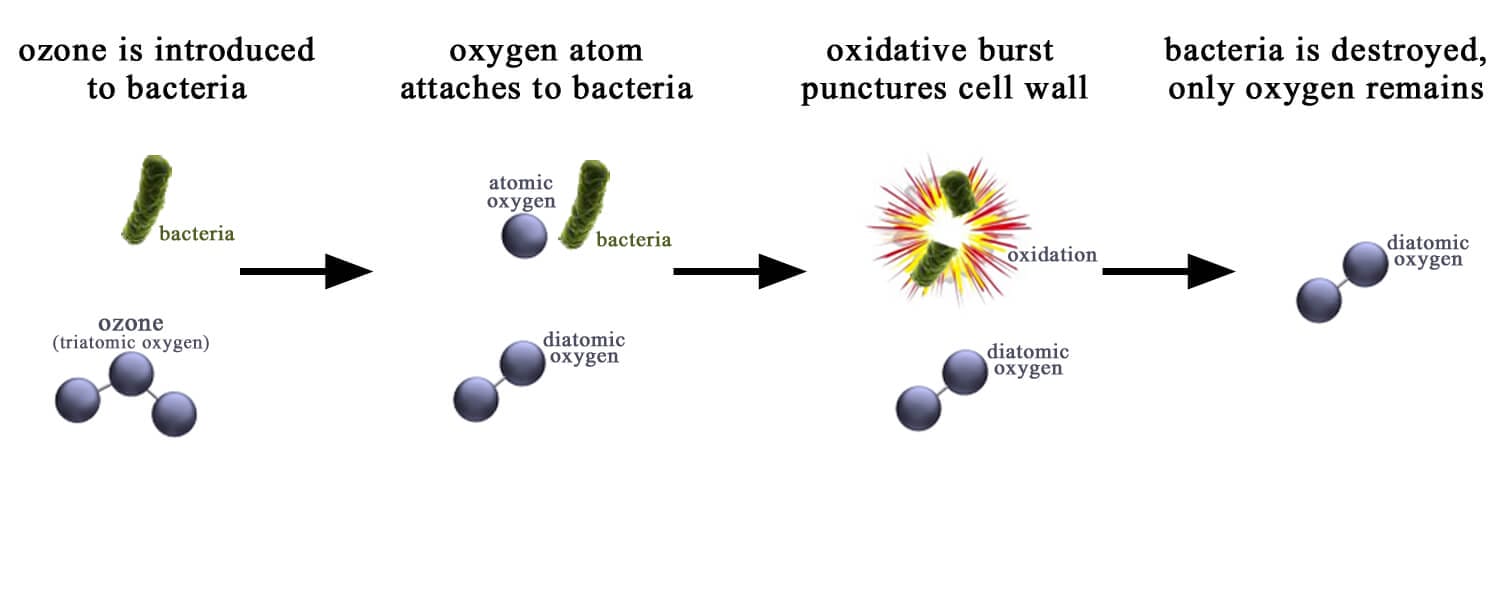
While ozone has been used for decades to disinfect medical supplies and to keep pools and water systems clean, scientists have discovered that ozone can also be used to treat skin infections, MRSA, severe ulcers and non-healing wounds.
A paper published in Frontiers in Bioengineering and Biotechnology concluded that topical ozone is effective for treating infected dermal wounds. Specifically, topical ozone appears to be a strong antiseptic that kills bacteria commonly found in infected wounds, such as Pseudomonas aeruginosa and Staphylococcus epidermidis.
Additionally, a case report published in 2018 found that intravenous ozone therapy is an effective treatment method for tick bites because the gas kills ticks within seconds and expedites the healing of the infected tissue. The patient mentioned in the case report was initially treated for Lyme disease with only ozone and no antibiotics.
Three years later, the patient returned with another tick bite in his thigh that caused a spreading rash (cellulitis). Within 48 hours of receiving ozone IV, the rash completely disappeared.
The most convenient way to leverage topical ozone is via limb bagging or cupping (which both require an ozone generator), or via ozonated oil.
I’ve successfully used ozone oil (liquid and encapsulated) to treat minor skin issues (including scratches) and athlete’s foot, and to support my gut microbiome (using ozone oil capsules).
3. Reduces Inflammation and Treats Infections

Ozone has been used in dental practices for decades to treat common gum issues, including inflammation, wounds and ulcers. That’s because treatments with ozone are painless, cost-effective, and have minimal adverse effects.
Ozone helps reduce inflammation thanks to the antibacterial and immune-upregulating properties discussed earlier in this article.
While the benefits of using topical ozone to reduce inflammation are well understood, there is emerging evidence that ozone can also help reduce inflammation inside the body.
Here’s a summary of some the key research supporting that conclusion:
- A study published in the Saudi Journal of Biological Sciences found that ozone is a potential treatment modality for regeneration of damaged articular cartilage in osteoarthritis — a disease characterized by inflammation of the cartilage tissue.
- A paper reviewing the efficacy of ozone therapy mentioned the effectiveness of ozone for treating asthma, COPD, cystic fibrosis and osteoarthritis.
- In a study involving mice, scientists used ozonated water (created by bubbling ozone gas in water), to successfully treat inflammation of the peritoneum (the membrane lining the cavity of the abdomen and covering the abdominal organs).
I even came across a study published in the International Journal of Pediatric Otorhinolaryngology that concluded that ozone ear insufflation is an effective tool to help treat inner ear acoustic trauma. While not directly related to viral or bacterial ear infections, this study shows that ozone can help reduce inflammation and speed up the healing process.
The bottom line is that ozone appears to have potent anti-inflammatory properties that you can leverage to reduce inflammation and treat infections of the skin, mouth and internal tissue.
4. Improves the Effectiveness of Traditional Cancer Treatments
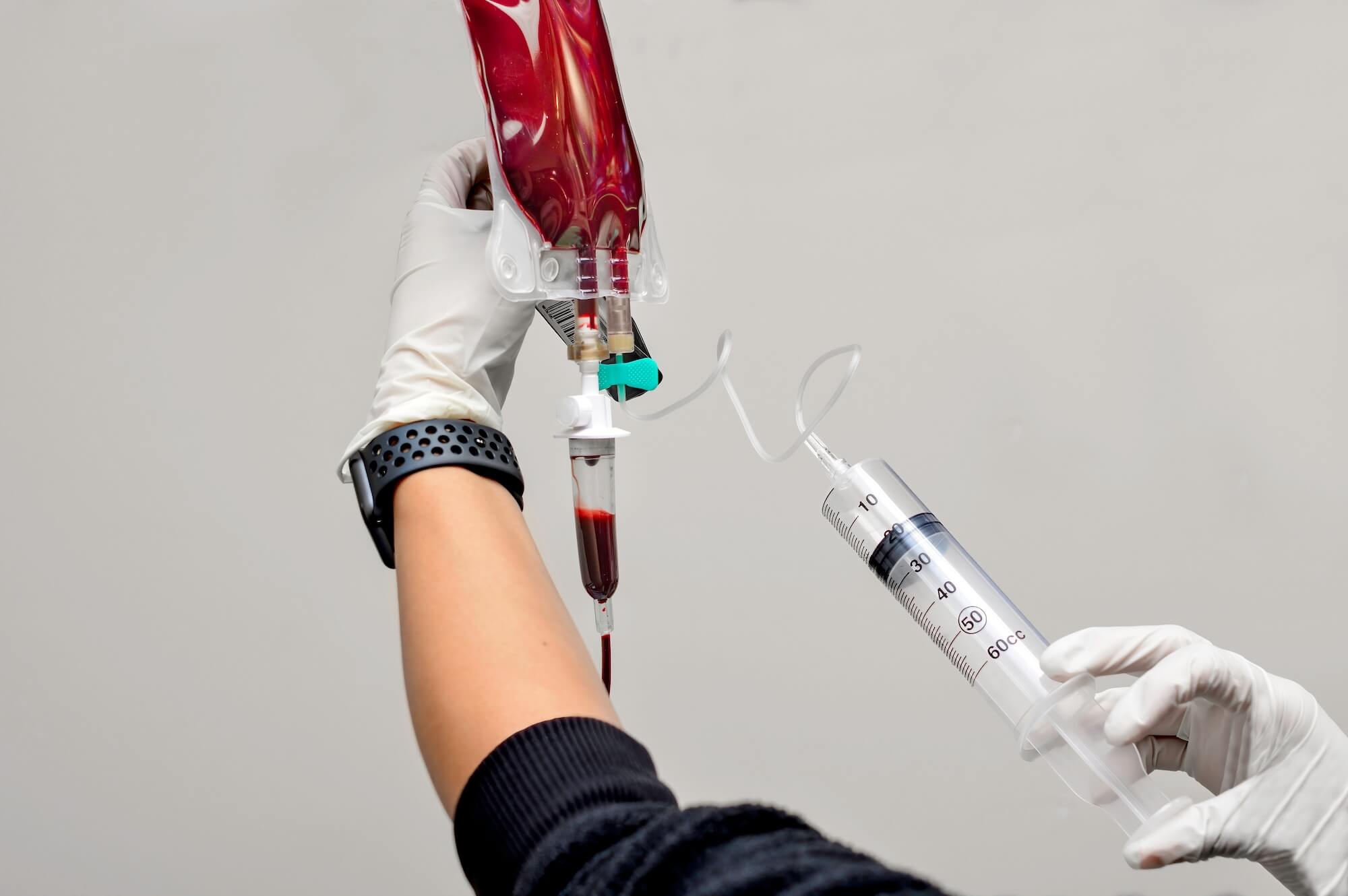
While I strongly believe that adopting healthy lifestyle choices can significantly reduce your risk of developing cancer (and most other chronic diseases), it’s certainly worth exploring various treatment options once you have been diagnosed.
One of the newer, non-invasive treatment options appears to be ozone.
A systematic review published in 2021 suggested that ozone could be an effective tool for treating cancer because ozone in low concentrations seems to induce the same cellular effect of radiation without damaging healthy tissue cells.
In other words, ozone may be able to neutralize tumor cells without harming healthy cells.
Another study, published in the journal Cancers, concluded that high-ozonide oil is an effective and risk-free treatment method for the prevention of cancer relapses.
Based on what I’ve read, the challenge is to find the correct ozone dosage for the specific type of cancer you’re trying to treat, because not all cancer cells react to ozone in the same way. For this reason, it’s important to work with a medical professional who has experience with ozone dosing.
It’s also important to understand that ozone is not a cure for cancer. It can, however, improve your immune function and overall health on a cellular level, which can give you a better chance in your fight against cancer — especially when used in conjunction with traditional treatment methods.
If you have been diagnosed with cancer, I’d recommend discussing ozone therapy with your doctor to see if it can supplement or replace more invasive, traditional treatment options such as chemotherapy or radiation.
5. Increases Oxygenated Blood Flow
Based on the research I’ve found, ozone forms reactive oxygen species (ROS), as well as lipid oxidation products, when it comes into contact with bodily fluids. When those products react with white blood cells, they form proteins and cytokines (which upregulate the immune system), as well as red blood cells (which increase oxygen saturation in the affected tissue).
This increased oxygen saturation (known as hyperoxygenation) leads to the creation of new blood vessels (neoangiogenesis), which causes further improvements in blood flow.
Having more oxygenated and nutrient-rich blood in muscular tissue improves athletic performance and recovery rates after intense workouts, and it speeds up the healing process of musculoskeletal disorders.
A study published in the Journal of Medical Gas Research found that:
“O3 can be used as a more effective and safe substitute of standard medications” for musculoskeletal disorders, “such as rheumatoid arthritis, lumbar facet joint syndrome, subacromial bursitis, carpal tunnel syndrome, osteoarthritis, hip bursitis, shoulder adhesive capsulitis, herniated disc, and temporomandibular joint disorder.”
Types of Ozone Therapy
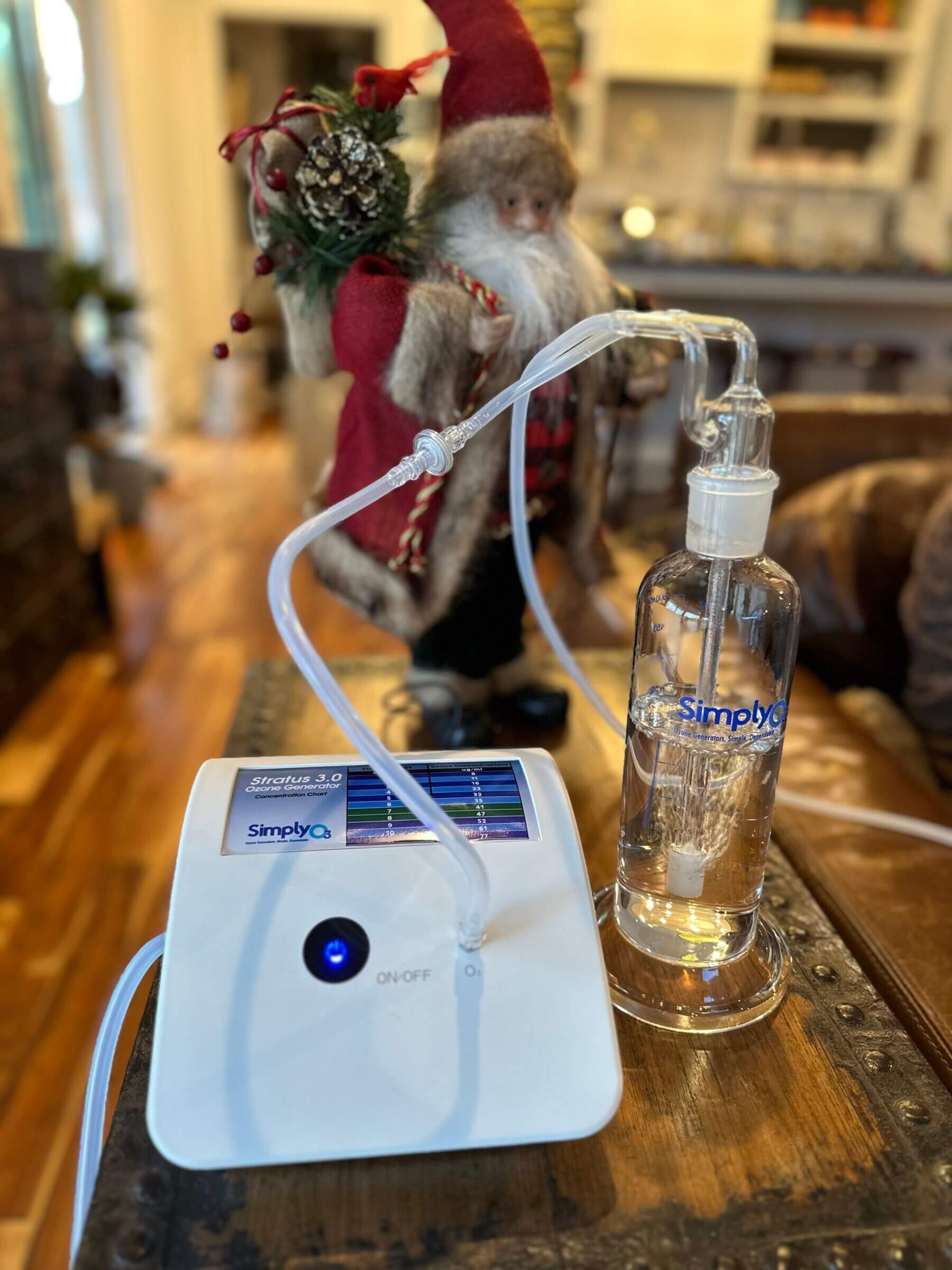
| Treatment Type | Affected Area |
|---|---|
| Bagging/cupping | Skin |
| Breathing ozone through oil | Lungs |
| Ear insufflation* | Head, nose, throat |
| Ozone IV* | Whole body |
| Ozone oil (capsules)* | Skin, mouth (or gut) |
| Ozone sauna | Whole body |
| Ozone water | Skin, mouth or stomach |
| Rectal insufflation | Whole body |
| Vaginal insufflation* | Whole body |
You can perform ozone therapy using a variety of delivery mechanisms depending on your treatment goals.
As you can see in the table above, there are some ozone treatments that have the potential to affect the entire body. Medical professionals call these systemic treatments, as opposed to local treatments that affect only a specific area of the body.
While you can easily treat superficial infections and support wound healing with topical ozone (e.g., bagging, cupping, ozonated oil or ozone water), certain types of infections require systemic treatment.
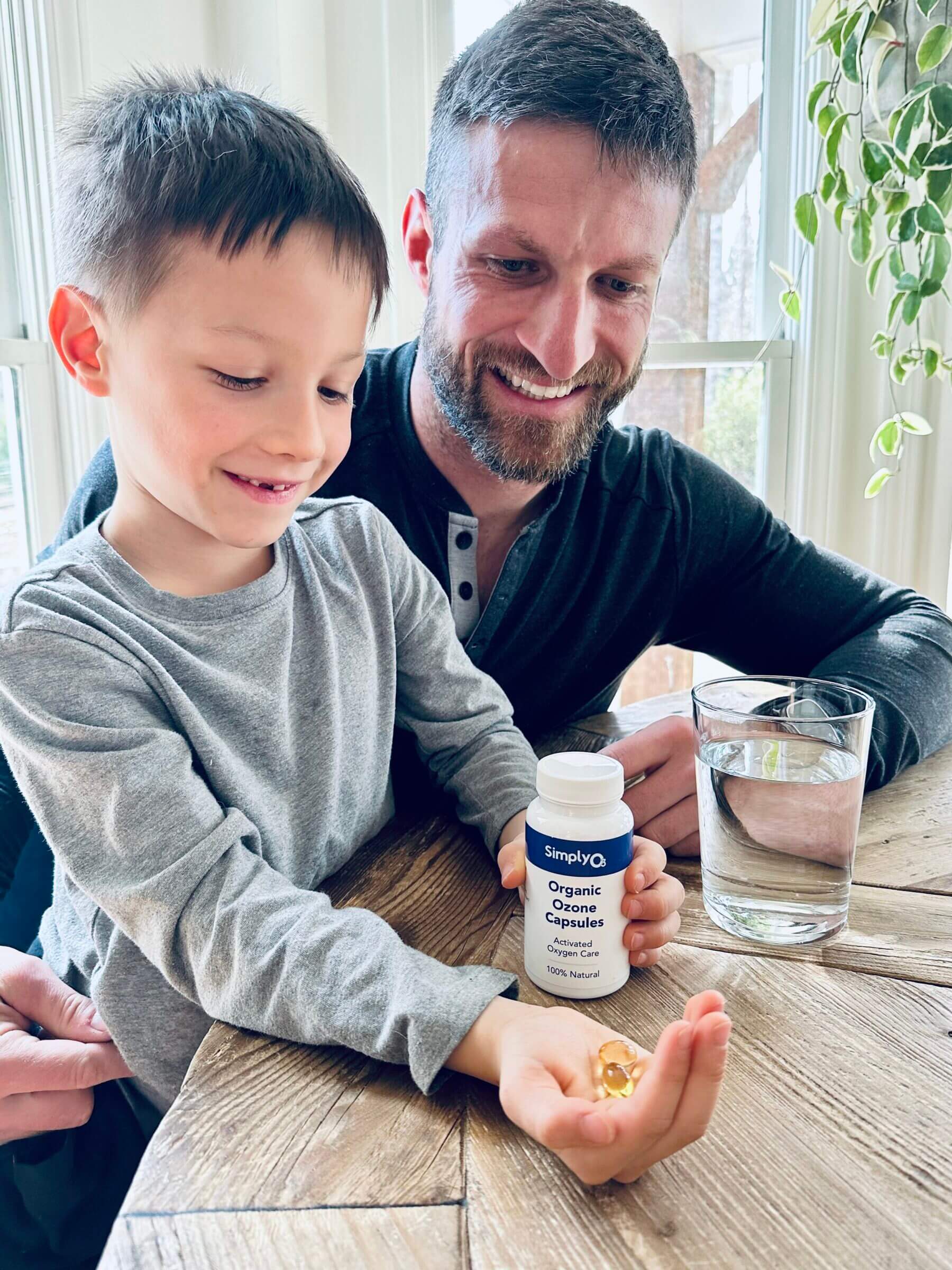

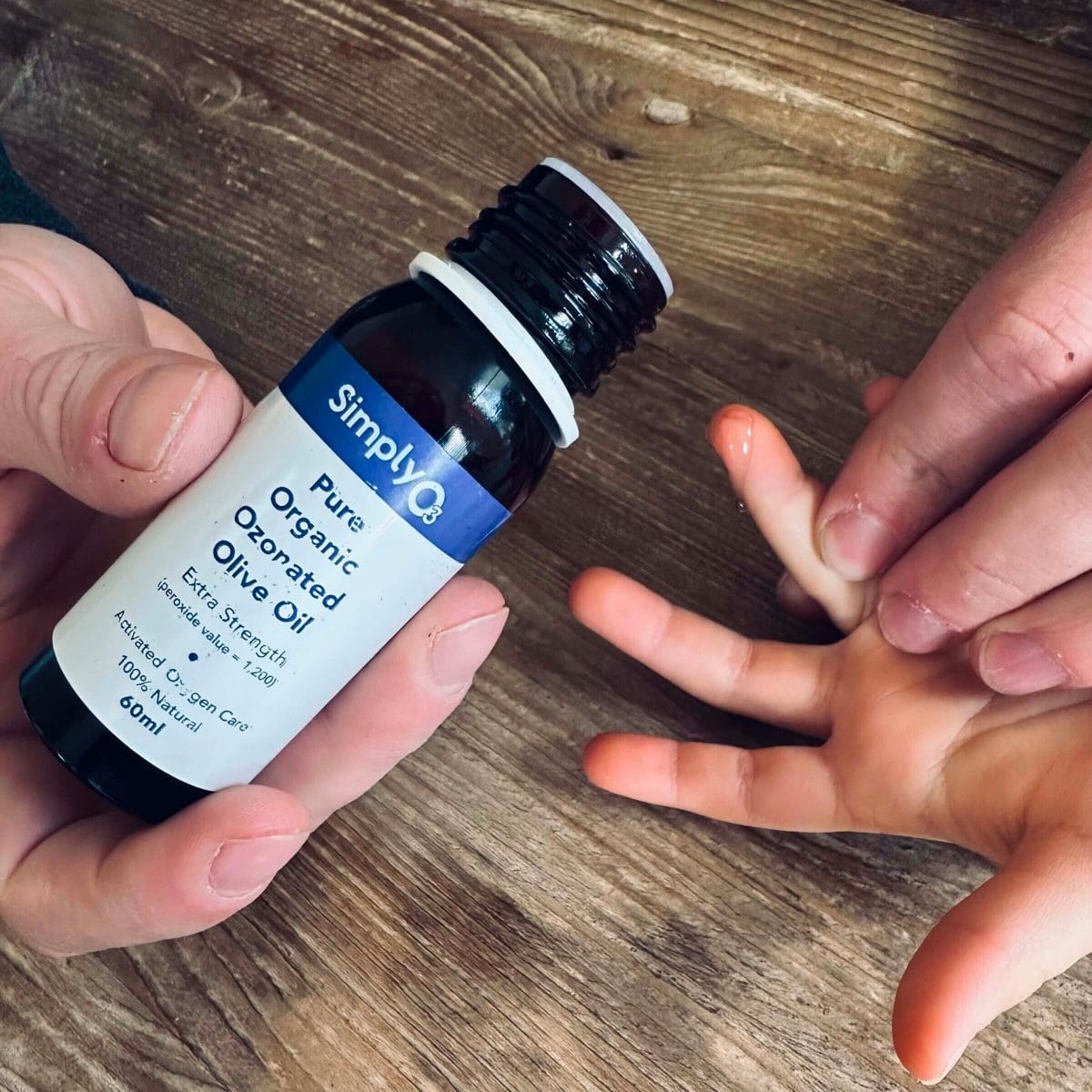
Between my wife, the kids and I, we’ve experimented with the treatments marked with an asterisk in the table above. My wife has used vaginal insufflation to help treat a viral respiratory infection; we’ve used ear insufflation to treat our daughter’s ear infection; and I’ve used topical ozone oil to treat athlete’s foot and ozone oil capsules to support my gut microbiome.
My wife and I also experimented with ozone IVs, though this was to satisfy our curiosity rather than to treat any particular ailment. (See the video below to learn more.)
To learn more about the various ozone treatment types and treatment protocols based on feedback from functional medicine practitioners, check out this ozone therapy protocol guide.
Does Ozone Therapy Work?

While medical professionals have used ozone therapy to successfully treat patients for decades, there is still a lot we don’t know and more research is warranted to understand exactly how ozone can help treat individual diseases and ailments.
Based on the available scientific research and the wealth of anecdotal evidence from functional medicine practitioners, it appears that ozone therapy could be effective for the following conditions:
- Asthma
- Autoimmune conditions
- Bacterial infections
- Back pain
- Cancer
- COPD
- COVID-19
- Ear infections
- Gum diseases
- Inflammation
- Irritable bowel syndrome (IBS)
- Crohn’s disease
- Lyme disease
- Mold toxicity
- Muscle recovery
- Non-healing wounds
- Osteoarthritis
- Skin infections
- Skin rashes
- Tick bites
- Ulcers
- Viral diseases (e.g., viral infections)
Please note that as of this writing, ozone therapy isn’t approved by the Food and Drug Administration (FDA) to treat any disease.
However, considering its relatively low risk and the overwhelming anecdotal evidence, I’d seriously consider leveraging ozone therapy if you have a condition ozone has been shown to treat. That’s particularly true if you haven’t had much success with conventional treatment methods.
I consider ozone a viable therapy tool for various medical conditions and I’ll continue using it for any conditions I’ve seen it work for in the past, including infections, ear pain, tick bites, skin rashes and others.
How to Use Ozone Therapy at Home

The most convenient way to perform ozone therapy treatments at home is by purchasing ozonated oil such as the one sold by SimplyO3. It’s available in liquid form and as capsules. You can use the former to treat skin infections, rashes and ulcers, and the latter to help treat gut issues (including irritable bowel syndrome).
Note that if you suffer from IBS or similar digestive disorders, it’s important to remove the foods from your diet that caused the issue in addition to using ozone oil to heal your gut. You can learn more about what dietary changes you can implement in my article about how I cured IBS.
If you’re looking for additional treatment modalities (including ear, rectal or vaginal insufflation), or if you want to make ozonated water, you need to purchase an ozone generator, such as the one we use at the Kummer household.
In addition to the ozone generator and accessories (e.g., silicone tubes, bags, stethoscope and a water bubbler) you also need an oxygen supply in the form of a 540 commercial oxygen tank. I got one from a local Airgas store, but you can also find them at welding supply stores.
The only thing you can’t easily do at home is ozone IV treatment, because it’s hard to get the heparin and medical supplies without a doctor’s prescription.
Frequently Asked Questions
Ozone therapy can be an effective tool for relieving acute or chronic pain, depending on what’s causing it. For example, if your pain is caused by inflammation, then ozone therapy can be an effective tool. We’ve successfully used ear insufflation to treat ear pain caused by an ear infection.
Based on the medical literature and my own experience with ozone therapy, side effects are minimal but can include itching, dryness, discomfort or discharge. For example, our nine-year-old daughter experienced some discharge from her ear after we treated her ear infection with ozone.
A study published in the Lancet in 2022 showed that chronic exposure to ozone gas can increase your risk of cardiovascular disease. However, the study was focused on ozone inhalation (through air pollution and other sources), not on ozone therapy.
Similarly, one study published in the Global Health Journal suggested that short-term exposure to ambient ozone was associated with cardiac arrhythmias.
I have seen no scientific evidence to suggest that ozone therapy increases your risk of cardiovascular disease or heart attack.
Yes, there are studies suggesting that ozone can increase the production of Type 1 collagen, which plays a critical role in dental health.
One study from 2015, published in Dentistry, suggested that “clinical use of ozone would facilitate the positive balance between HGF-mediated periodontal tissue maintenance and repair and the stimulation of inflammation and tissue degeneration following exposure to microbial pathogens.”
If you’re concerned about your collagen levels, check out my list of the best collagen supplements.
When performed correctly, ozone therapy is relatively safe (even when leveraged at home). But you should avoid inhaling ozone gas because it can damage your lungs. If you use ear, vaginal or rectal insufflation, I recommend leveraging a fan to disburse the residual ozone you might smell.
How often you should do ozone therapy depends on what issue you’re treating. SimplyO3 has compiled a list of treatment protocols the company has seen to be effective, based on feedback from medical professionals who use ozone therapy as part of their practice.
Ozone Therapy Benefits: Summary & Final Thoughts
Even though we need more research to better understand the exact mechanisms of how ozone can be used to treat a variety of illnesses, I’m excited about the possibilities this inexpensive and relatively risk-free treatment option has to offer.
The main issue preventing ozone therapy from becoming more widespread is that there is little money to be made from it. Pharma companies can make a lot of money by patenting new drugs and treatment methods, but ozone is free. So there are limited opportunities for large pharmaceutical corporations to generate revenue from ozone treatments. And thus, there is little reason for them to fund studies about it.
As a result, it’s up to individual medical professionals to make ozone therapy a part of their practice, and to file case reports and collect anecdotal evidence on its efficacy.
Based on what I’ve learned about ozone therapy and its benefits, I’ll continue using it as part of my home remedy regimen.
If you have any questions or concerns about ozone therapy, let me know by leaving a comment below.

Michael is a healthy living enthusiast and CrossFit athlete whose goal is to help people achieve optimal health by bridging the gap between ancestral living and the demands of modern society.
Medical Disclaimer
The information shared on this blog is for educational purposes only, is not a substitute for the advice of medical doctors or registered dieticians (which we are not) and should not be used to prevent, diagnose, or treat any condition. Consult with a physician before starting a fitness regimen, adding supplements to your diet, or making other changes that may affect your medications, treatment plan or overall health. MichaelKummer.com and its owner MK Media Group, LLC are not liable for how you use and implement the information shared here, which is based on the opinions of the authors formed after engaging in personal use and research. We recommend products, services, or programs and are sometimes compensated for doing so as affiliates. Please read our Terms and Conditions for further information, including our privacy policy.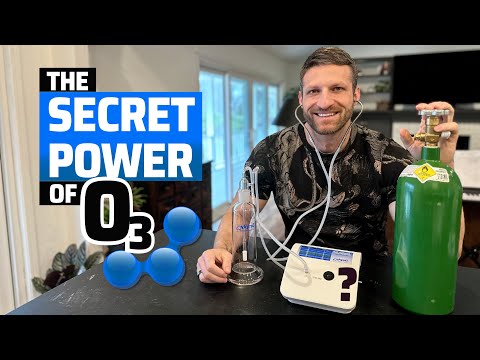
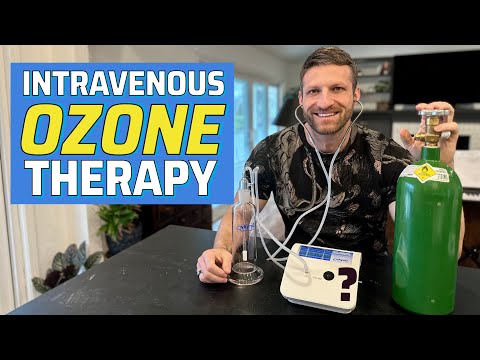
In the article mentioning mice you called the lining of the abdomen “the perineum”. I think you meant to say “peritoneum.” Thought you might want to fix.
Thanks Mark, good catch!